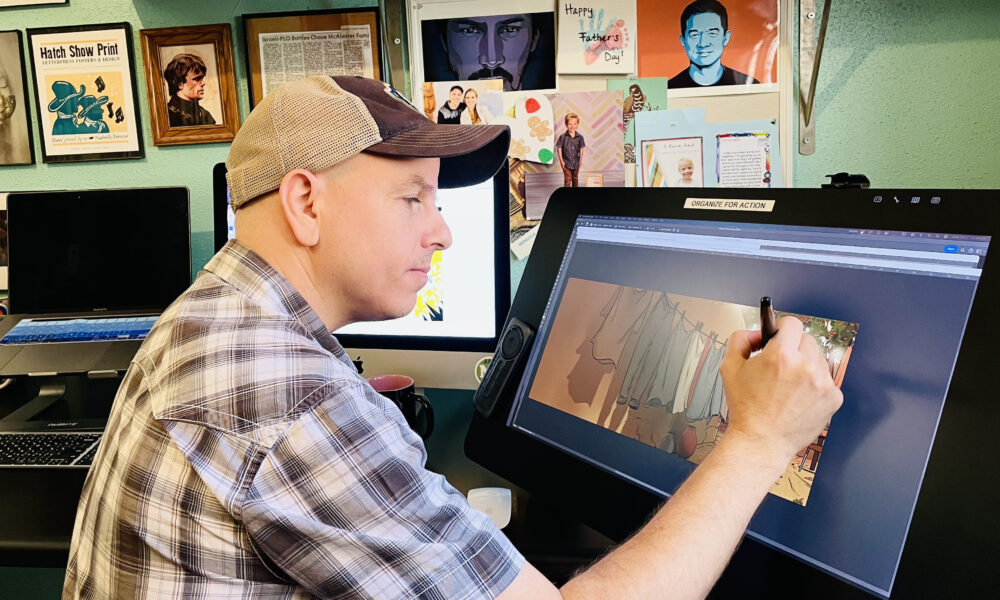

Today we’d like to introduce you to Aaron Sacco.
Hi Aaron, we’re thrilled to have a chance to learn your story today. So, before we get into specifics, let’s briefly walk us through how you got to where you are today.
My parents were missionaries, so I was born in Beirut, Lebanon, in 1979 and grew up there during the war, which I still have many memories of. We evacuated by air (took a tandem-propellor helicopter to a cruise ship), by water (took a speed boat to a diverted cruise ship), and by taxi through the mountains. It wasn’t all bad, tho. The food there is incredible, the people have big hearts, and the landscape is beautiful and diverse, from the coast to the mountains. We were finally forced to leave Lebanon in 1987 and moved to the incredibly safe and idyllic island of Cyprus, where I spent the next 10 years. After returning to America, I graduated from Baylor and was ready to move to a big city to find work. A friend sent me a job listing he found in the Austin Chronicle, looking for artists and animators to work on a Richard Linklater film, “A Scanner Darkly.” It had an incredible cast of Keanu Reeves, Winona Ryder, Woody Harrelson, and Robert Downey Jr and was based on a book by legendary sci-fi author Philip K Dick (think blade runner). I was a big fan of “Waking Life” in college, so I was thrilled when I was hired. It was a fantastic experience working with some of the most talented artists I’ve ever met, and ultimately, it launched my freelance career in illustration and animation these past 19 years. Since then, I’ve worked on several animated films and series, including season one of Amazon’s “Undone,” the “Tower” documentary by Keith Maitland – about the first mass shooting at UT in 1966 – and Richard Linklater’s “Apollo 10 1/2” on Netflix’s most recently. My illustration work is represented by Mendola Artists in New York, where I create digital vector illustrations for commercial purposes, magazines, book covers, etc. Some may remember animated Charles Schwab commercials I worked on in the early 2000s.
We all face challenges, but looking back, would you describe it as a relatively smooth road?
There were many challenges along the way. Starting a business from scratch was challenging, so it took a couple of years to get going and get my name out there. I was lucky that my family was at least encouraging. I imagined initially that my financial growth would be a straight line up after that, but you often take a couple of steps forward and then one back. I had hectic years and some gaps where I needed to figure out if it was sustainable. Throughout it all, I had this personal slogan – make art or die. I know that sounds overly dramatic, but I felt God had given me this talent and passion for a reason, and he’d ultimately open the door when it was time. And every time, it has worked. All I could control was doing my absolute best every time, creating the best quality work, and collaborating with others. The actors’ strike killed all talk of new projects for everyone in the film business last year, so that was tough. But thankfully, things are getting rolling again, and there are new opportunities I’m excited about.
I would also be lying if I said that many artists aren’t concerned that AI isn’t going to take away their livelihood entirely at some point. In the illustration world, it’s already tough. A magazine cover in the days of Norman Rockwell paid $1500, which was a lot of money in that day. 70 years later, they often pay artists nearly the same rate. Even 20 years ago, that amount of money paid all my monthly bills. Today, maybe a third. Without stealing our work en masse, the quality of work AI can produce is terrible. The moment you type in an artist’s name into an AI image generator, the results dramatically improve. So there is a big ethical issue, since those artists aren’t compensated. It is especially concerning for artists starting out, because the kind of work AI produces is “good enough” to replace those entry level gigs that used to help get artists established. Unfortunately, that’s just the reality of the growing threat of AI to many industries, and it is a potent reminder that if you love art, please support those who make it.
Thanks for sharing that. Can you tell us more about your work next?
The kind of illustration I’m known for is digital vector illustration using Adobe Illustrator. In simplest terms, it’s really about making beautiful shapes of color. The biggest mistake people often need to correct is that distilling an image into a few shapes is easier than capturing every detail. It’s not. The simpler you go, the more those shapes have to be perfect, describe the form in a three-dimensional way, and those colors have to sing together. I love designing unique characters, capturing people’s likenesses, and animating the emotional performance of characters through facial expressions and body language. In animation, we often use an age-old technique called rotoscope animation, where we animate over live-action footage as a form of performance capture. This technique was used in films as early as Snow White in 1937, where they used it to make the dance at the end look fluid and real. My friend sometimes teases me that it’s tracing. That’s just the first step. The details you take out are as important as those you leave in or makeup entirely. Your job is to juice the performance or ignore the footage and make the performance exactly what you want. One of the things I love about my work is that we are always trying to push the boundaries of our technology and innovate new styles and techniques. By the end of the project, we know how to do it; along the way, we’re just figuring it out. One of my most exciting opportunities was working with a studio in Dublin, Ireland, and going there for meetings to discuss how we would merge 3D animation with my digital character paintings and another artist’s oil-painted backgrounds.
What do you think about happiness?
Honestly, the act of creating art makes me very happy. I am getting into the flow state. I love seeing my old paintings and drawings and remembering the many challenges I had to overcome, the things I learned, and ultimately, how much I grew. I love the physical representation of my blood, sweat, and tears over the years. The final artwork is a byproduct of the journey. I’m excited to work on my first children’s book, Jameel’s Plan. It’s about a Palestinian boy growing up in the camps and his deep love of school. I am excited to use some of my childhood experiences visiting Palestinian camps in Lebanon to inform the story. Besides my work, my wife Kimmy and son Oliver are my most significant source of joy. We also have two cats and two dogs.
Contact Info:
- Website: www.aaronsacco.com
- Instagram: https://www.instagram.com/aaronsacco/
- Facebook: https://www.facebook.com/aaron.sacco
- Linkedin: https://www.linkedin.com/in/aaron-sacco-b124438/
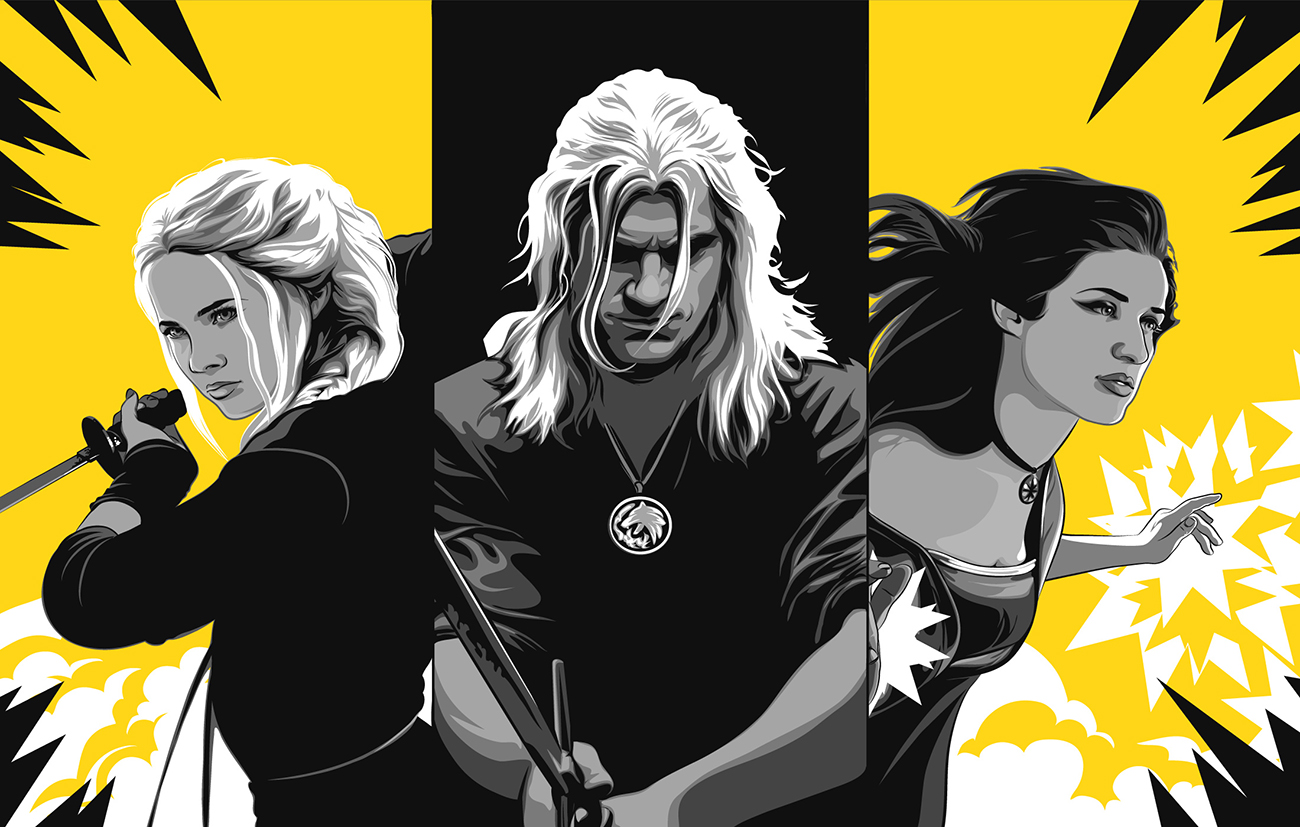

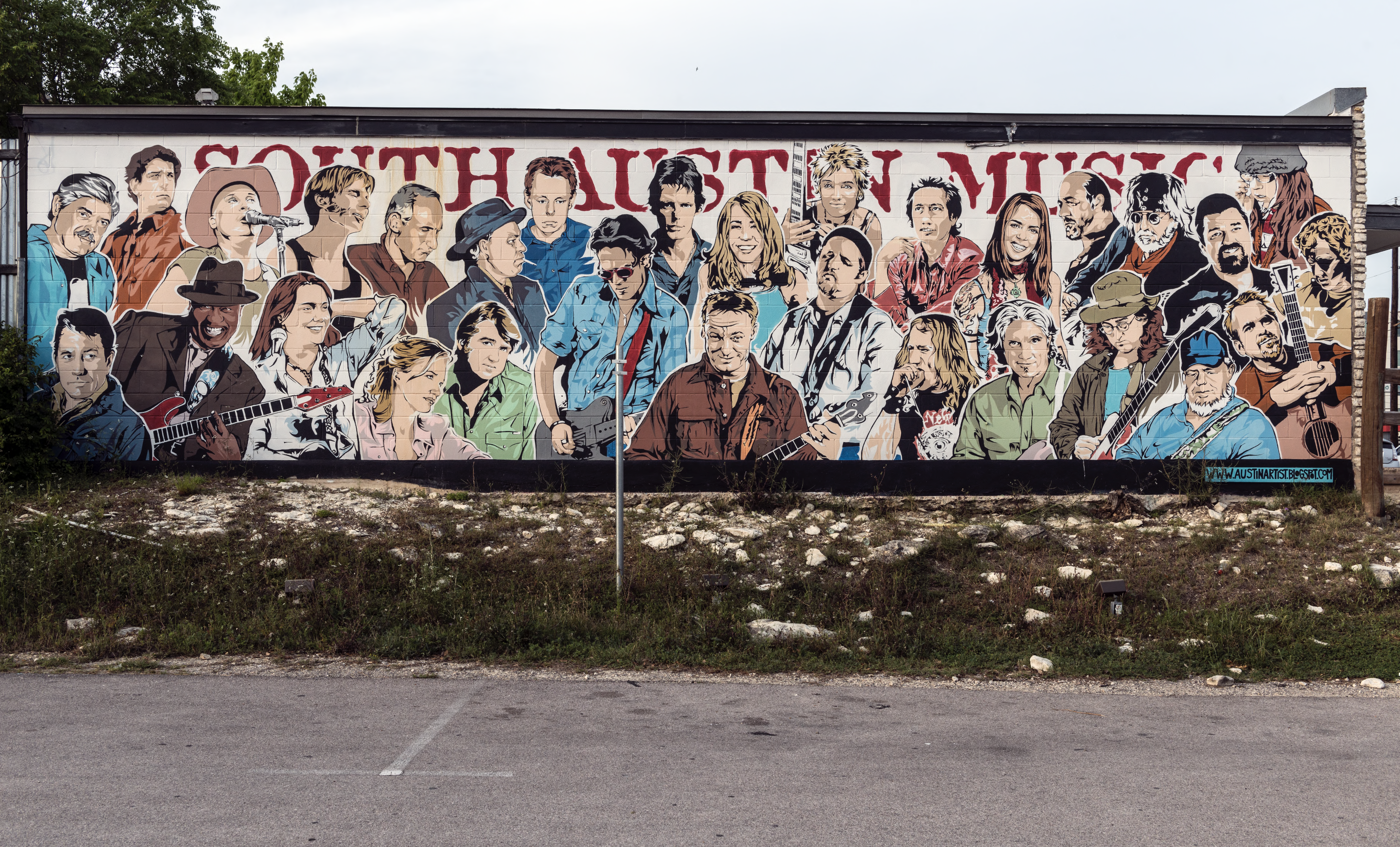
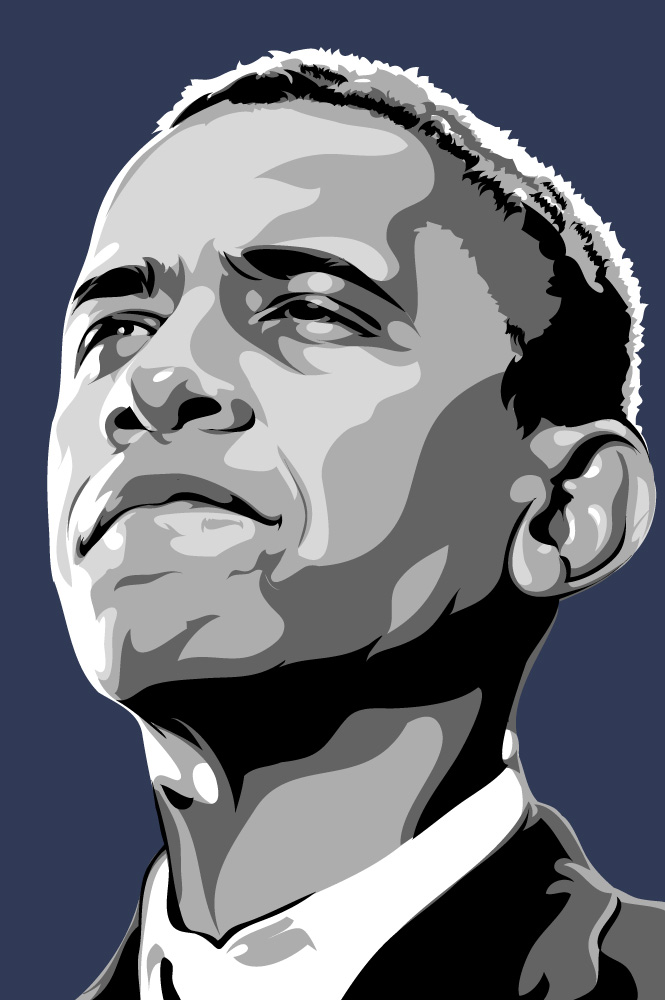
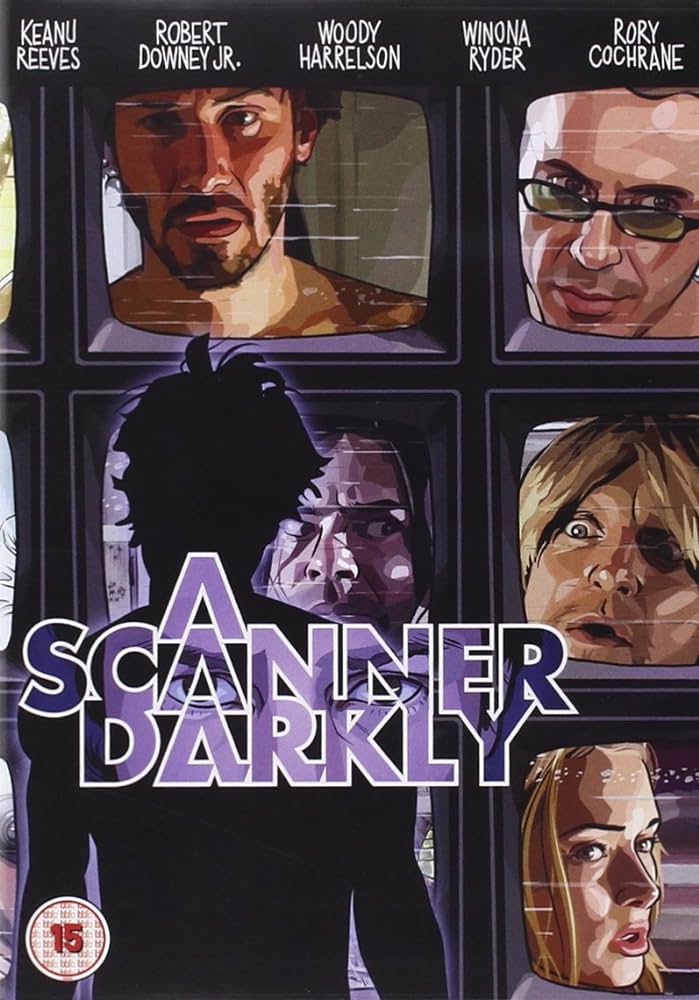
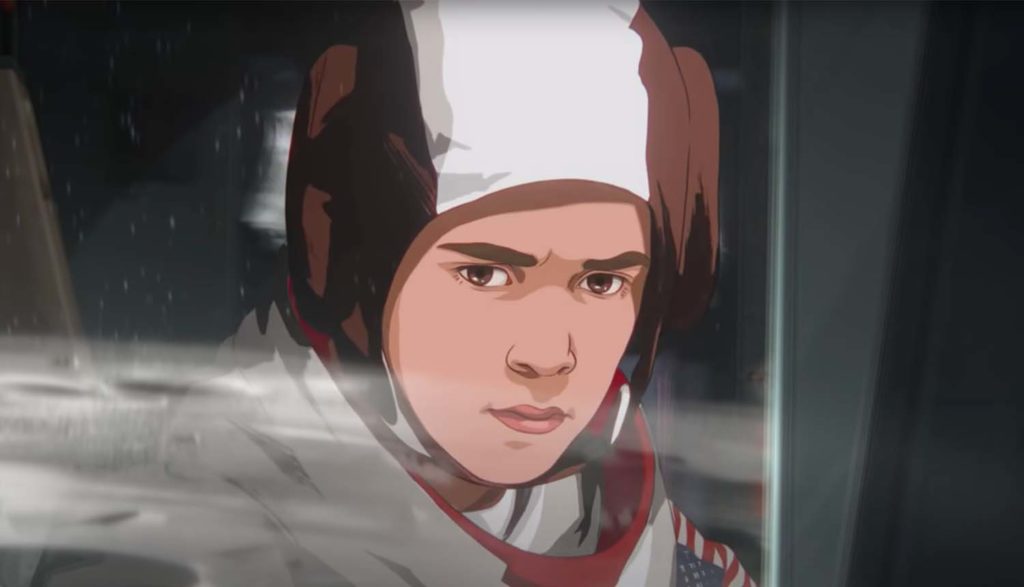


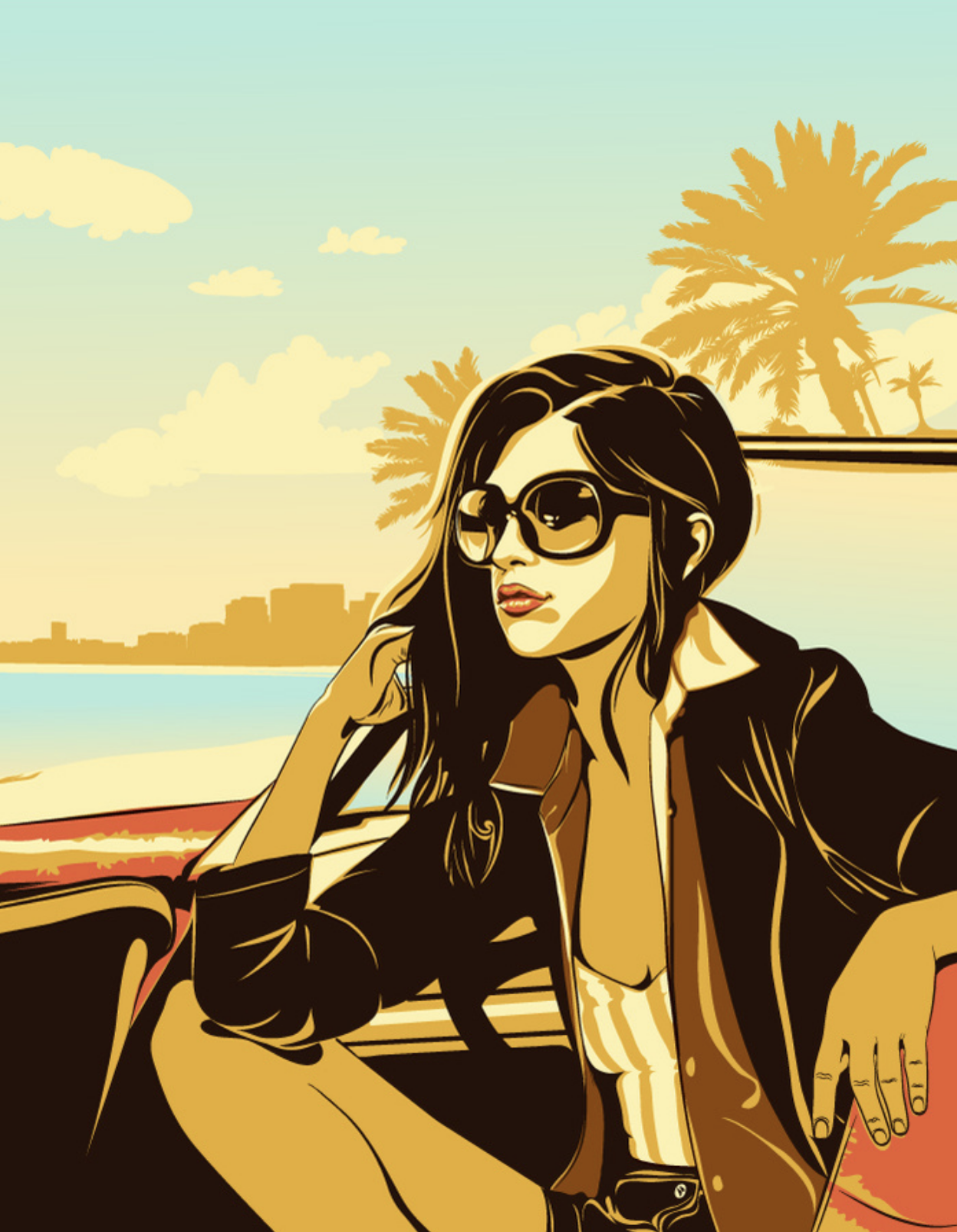
Image Credits
A Scanner Darkly – Copyright Warner Independent Pictures Apollo 10 1/2 – Copyright Netflix Undone Season 1 – Copyright Amazon Prime No Crying in Baseball – Hachette Books













